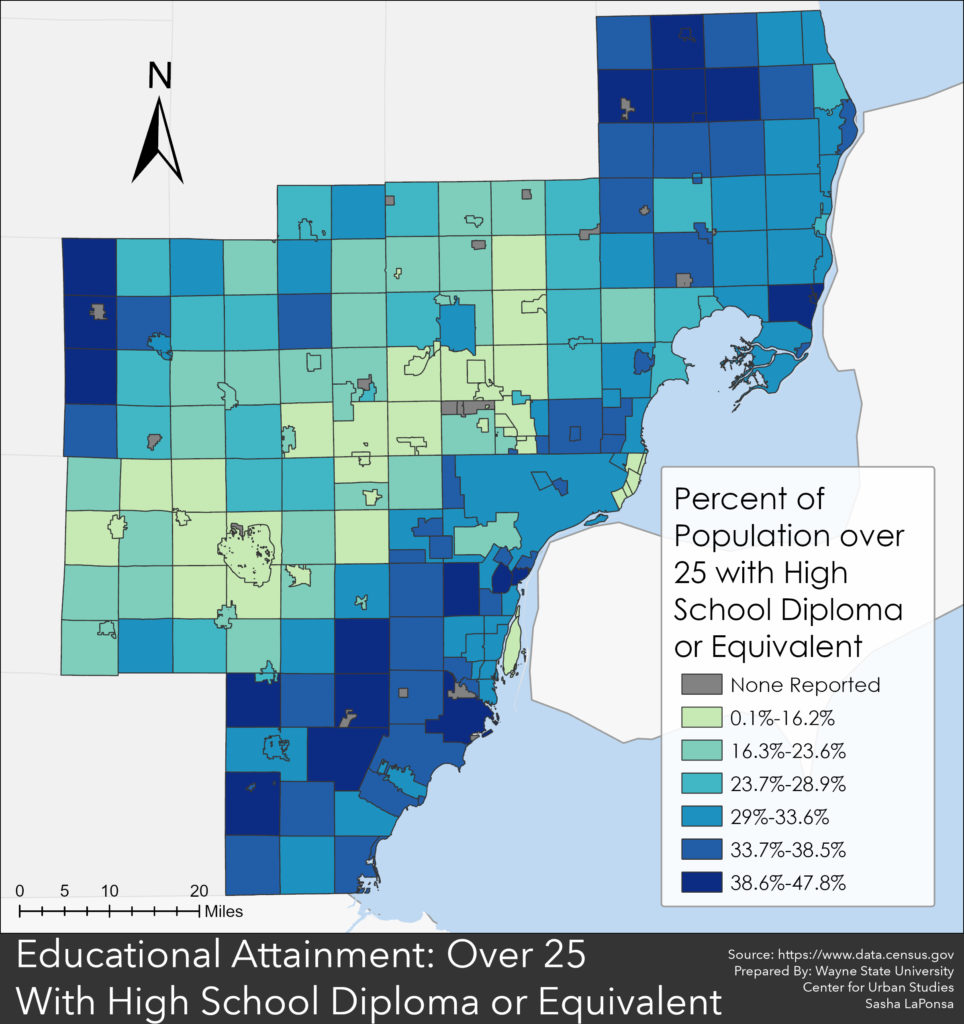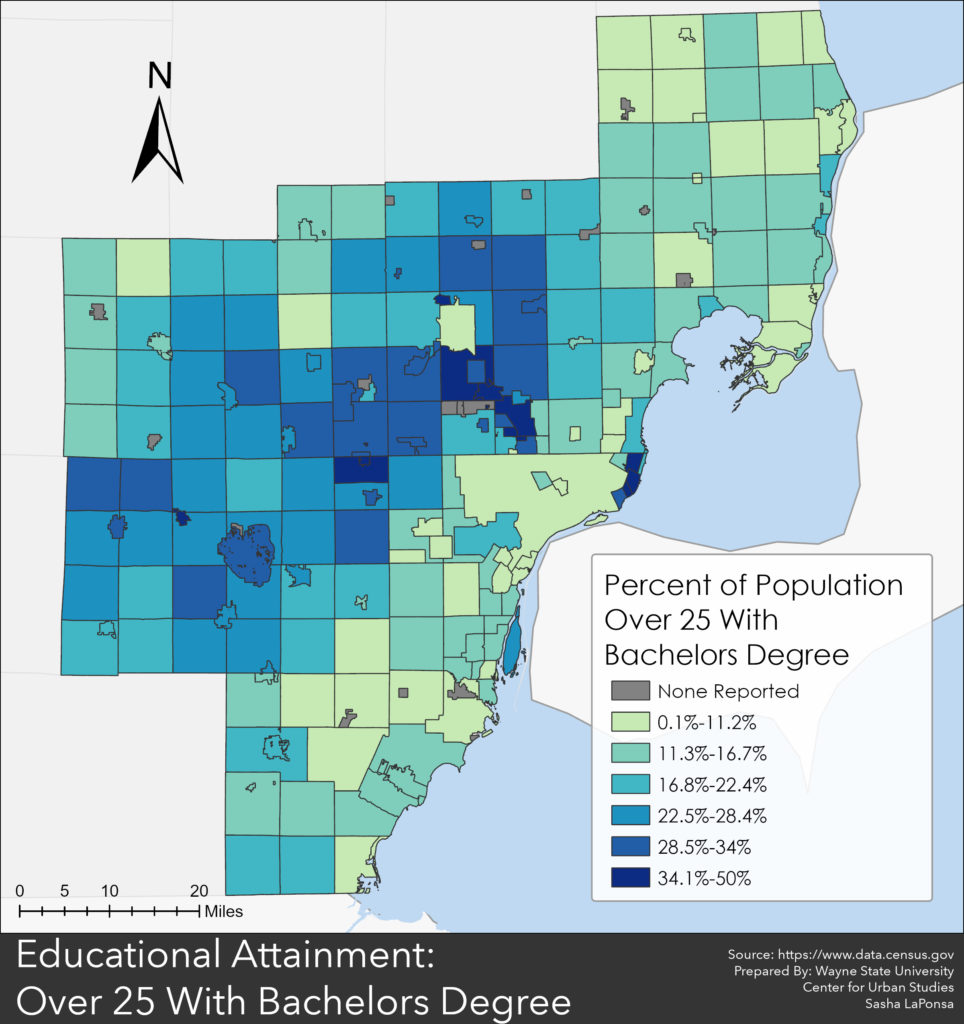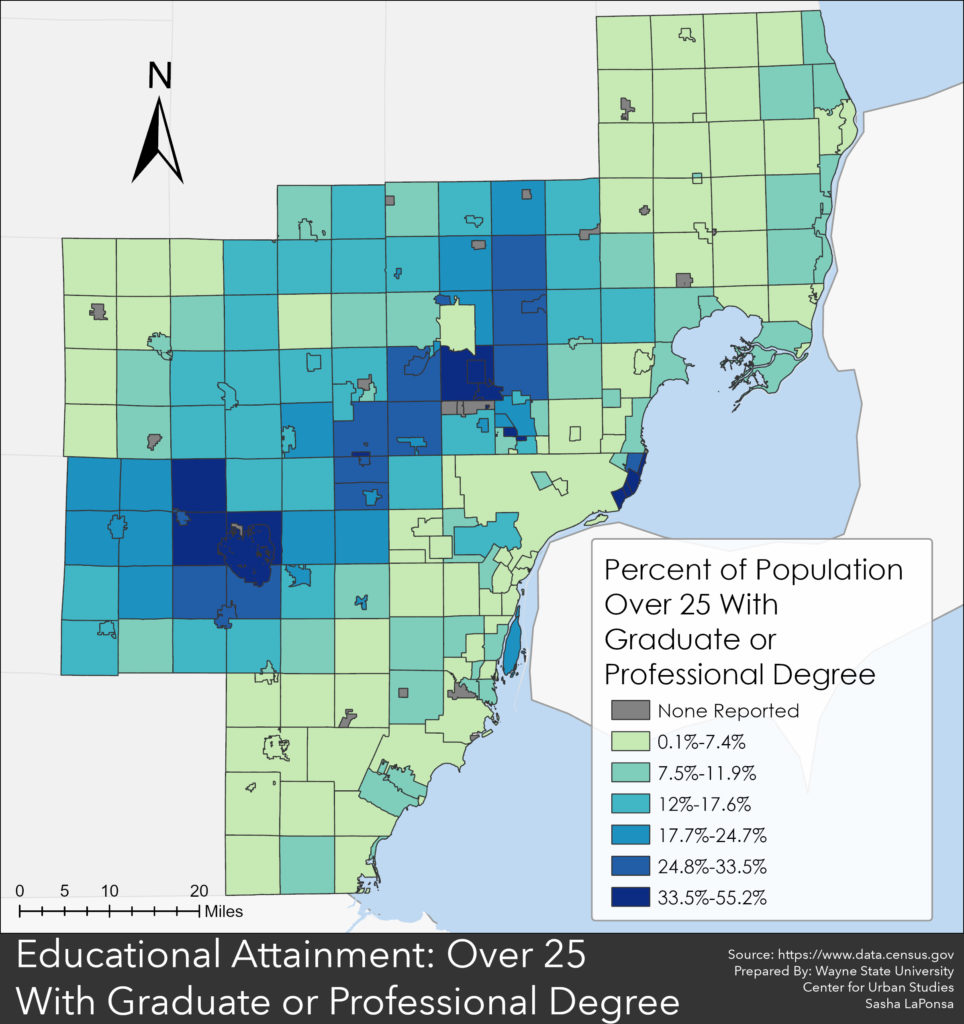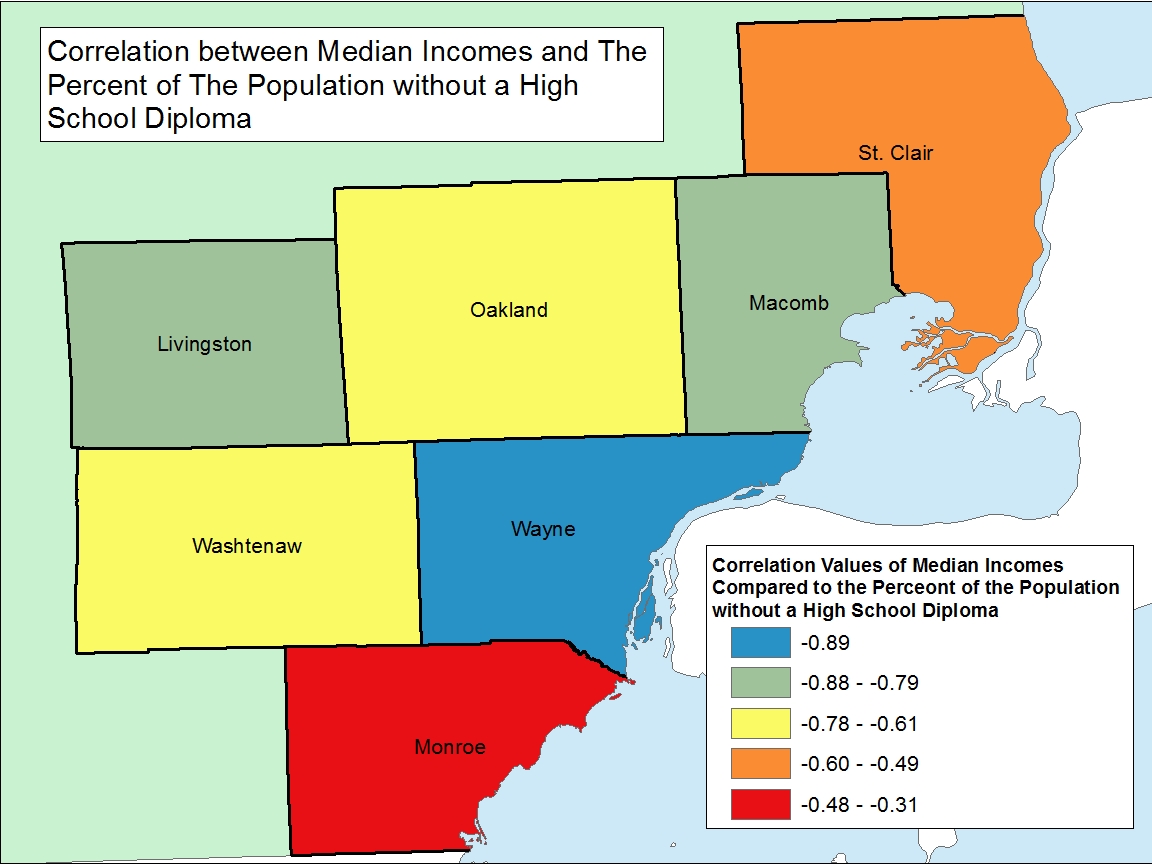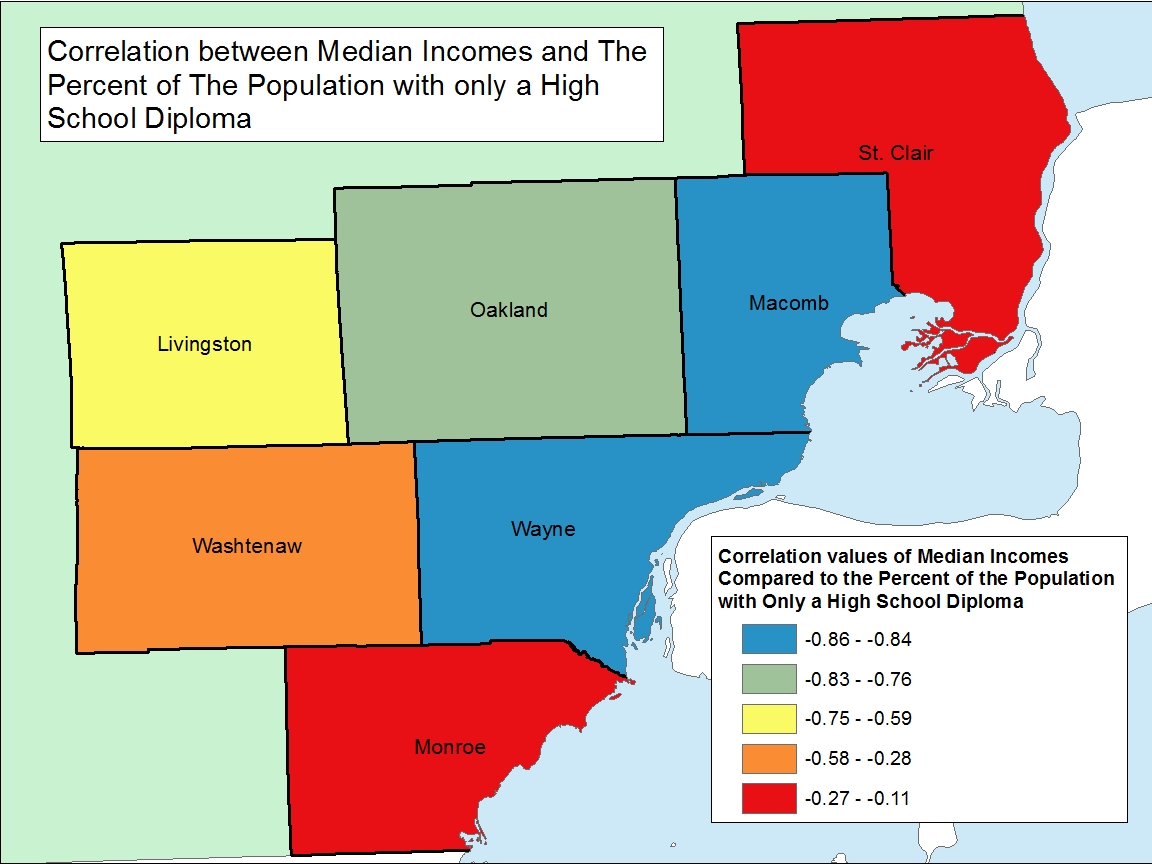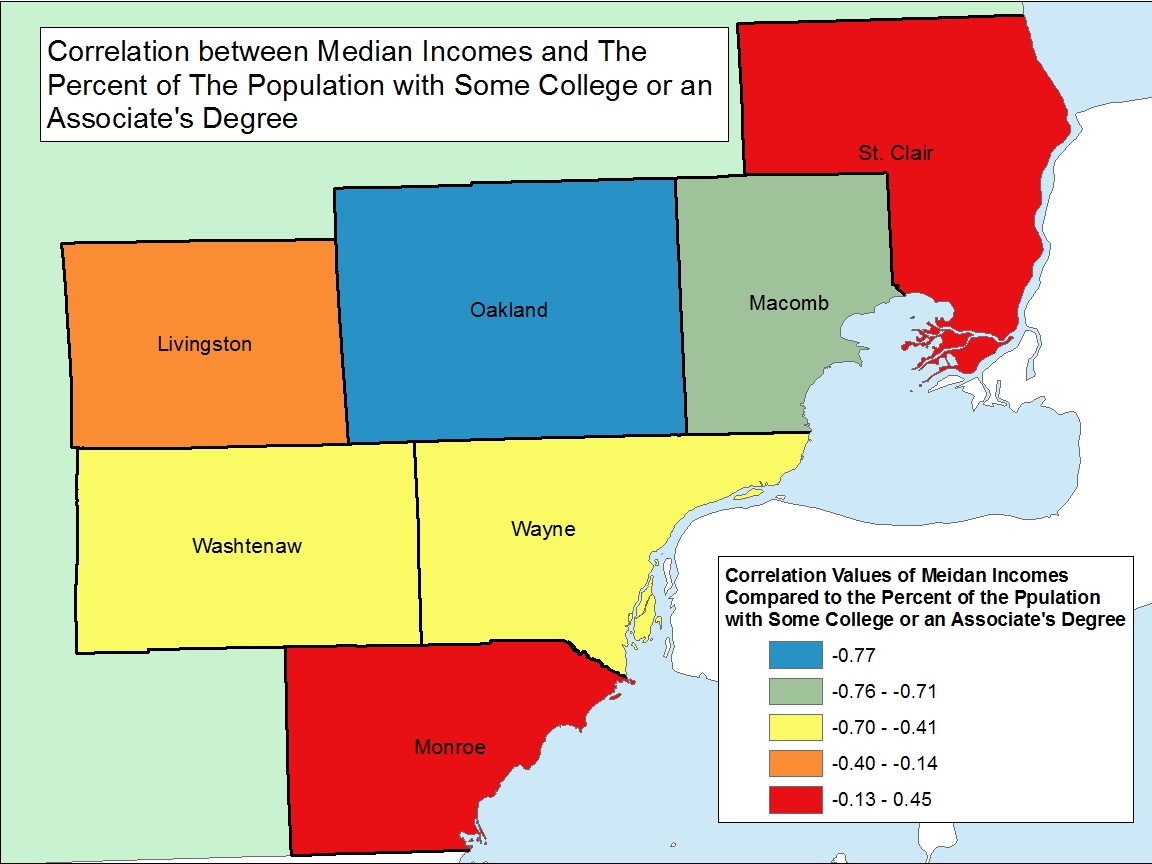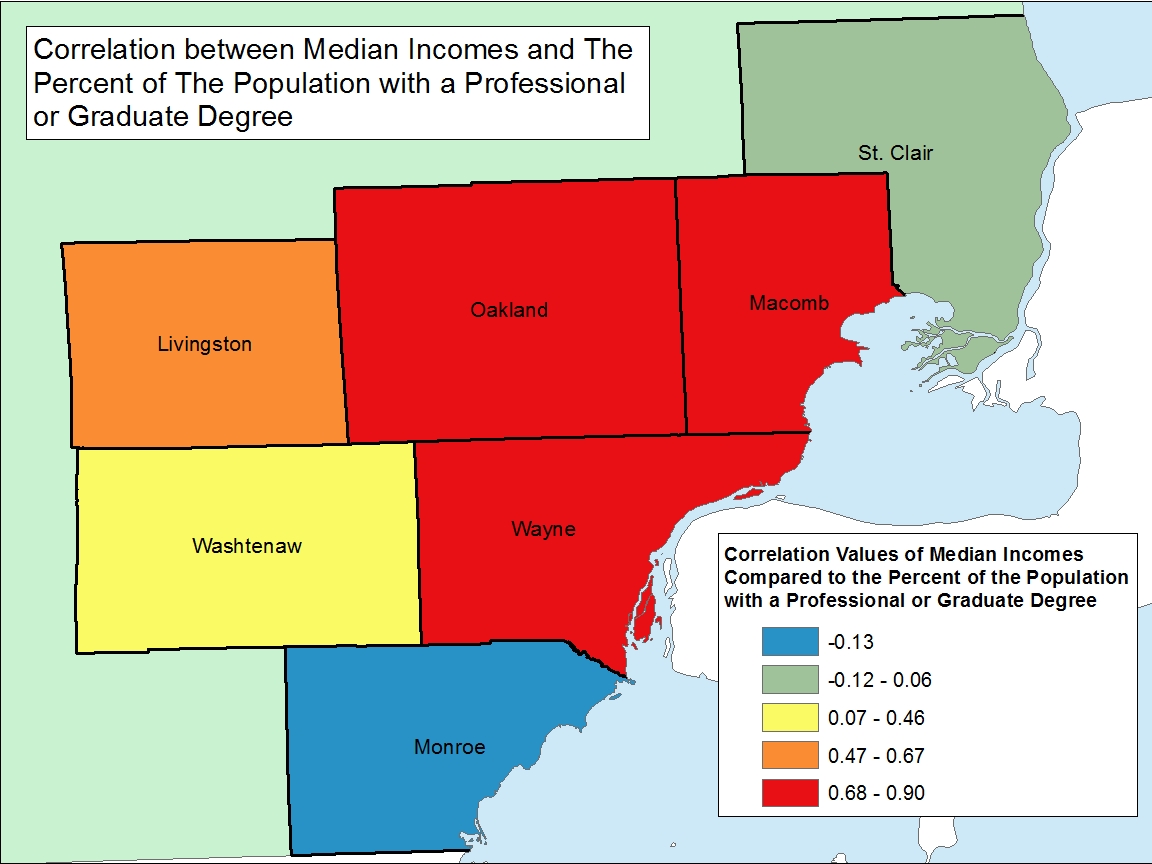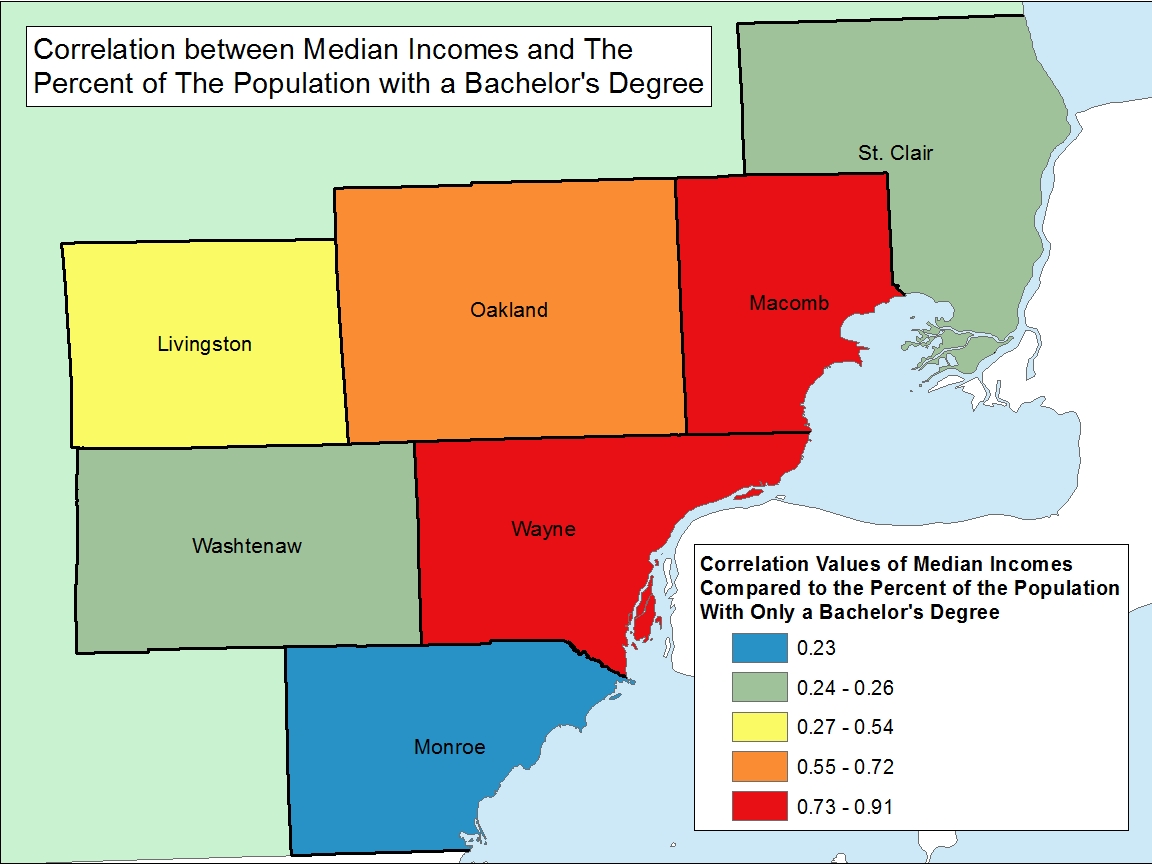While there are no statewide proposals on the November ballot this year, Detroit residents will be asked to weigh in on two education-related measures.
Following years of financial crises at Detroit Public Schools (DPS), that entity now exists only to collect property taxes and pay down its legacy debt. As a replacement the Detroit Public Schools Community District (DPSCD) oversees and operates public education in the city. DPSCD funding is on the ballot as Proposal S (on the ballot, the full title is “School District of The City of Detroit Proposal S: Operating Millage Restoration”). This proposal asks voters to restore the millage rate that non-homestead, commercial property owners pay by increasing it 6 mills, or $6 for every $1,000 of a property’s taxable value. According to DPSCD officials, the revenue earned from this millage restoration would help DPS pay off its debt. If this happens, DPSCD would be able to use future-generated property tax revenue to fund other DPSCD needs. DPSCD is holding virtual information sessions for those with questions about Proposal S on Wednesday, Oct. 30 and Monday, Nov. 4. Voters are also being asked to choose three DPSCD Board members in the nonpartisan section of the ballot.
The other proposal on the ballot in Detroit is to support the Wayne County Regional Educational Service Agency (Wayne RESA). The Wayne RESA is an intermediate school district that helps to support the 33 local school districts and 97 charter schools (also known as public school academies) across Wayne County, including DPSCD. Detroiters and other Wayne County residents will be asked to vote on the Wayne RESA “Renewal of Regional Enhancement Millage Proposal,” which seeks to renew a property tax millage of 1.98 on all property, equating to $1.98 for every $1,000 of taxable value. According to the proposal language, if passed, this revenue will be distributed across the Wayne RESA service area on an “equal per pupil basis” for six years, beginning in 2028. Voters originally approved the Wayne RESA millage in 2016 and supported its renewal in 2020.
Other communities across southeast Michigan also being asked to vote on school district operating millages and bond proposals for infrastructure improvements include:
- Livingston County: Livingston Educational Service Agency (Livingston ESA)
- Macomb County: L’Anse Creuse Public Schools, Memphis Community Schools, South Lake Schools, Van Dyke Public Schools, Warren Consolidated Schools
- Oakland County: Almont Community Schools, Clarkston Community Schools, Farmington Public Schools, Madison District Public Schools, Troy School District, Walled Lake Consolidated Schools
- St. Clair County: East China School District, Marysville Public Schools
- Wayne County: Airport Community Schools (also in Monroe County), Gibraltar School District (2), Flat Rock Community Schools (also in Monroe County), Wayne-Westland Community Schools
- Washtenaw County: Milan Area Schools (also in Monroe County), Lincoln Consolidated School District (also in Wayne County), Washtenaw Intermediate School District (WISD), Whitmore Lake Public Schools
According to a recent analysis by Bridge Michigan and Gongwer News Service-Michigan, support for school bond proposals across the state has been decreasing in both Democratic-leaning and Republican-leaning districts for the past several years.
